
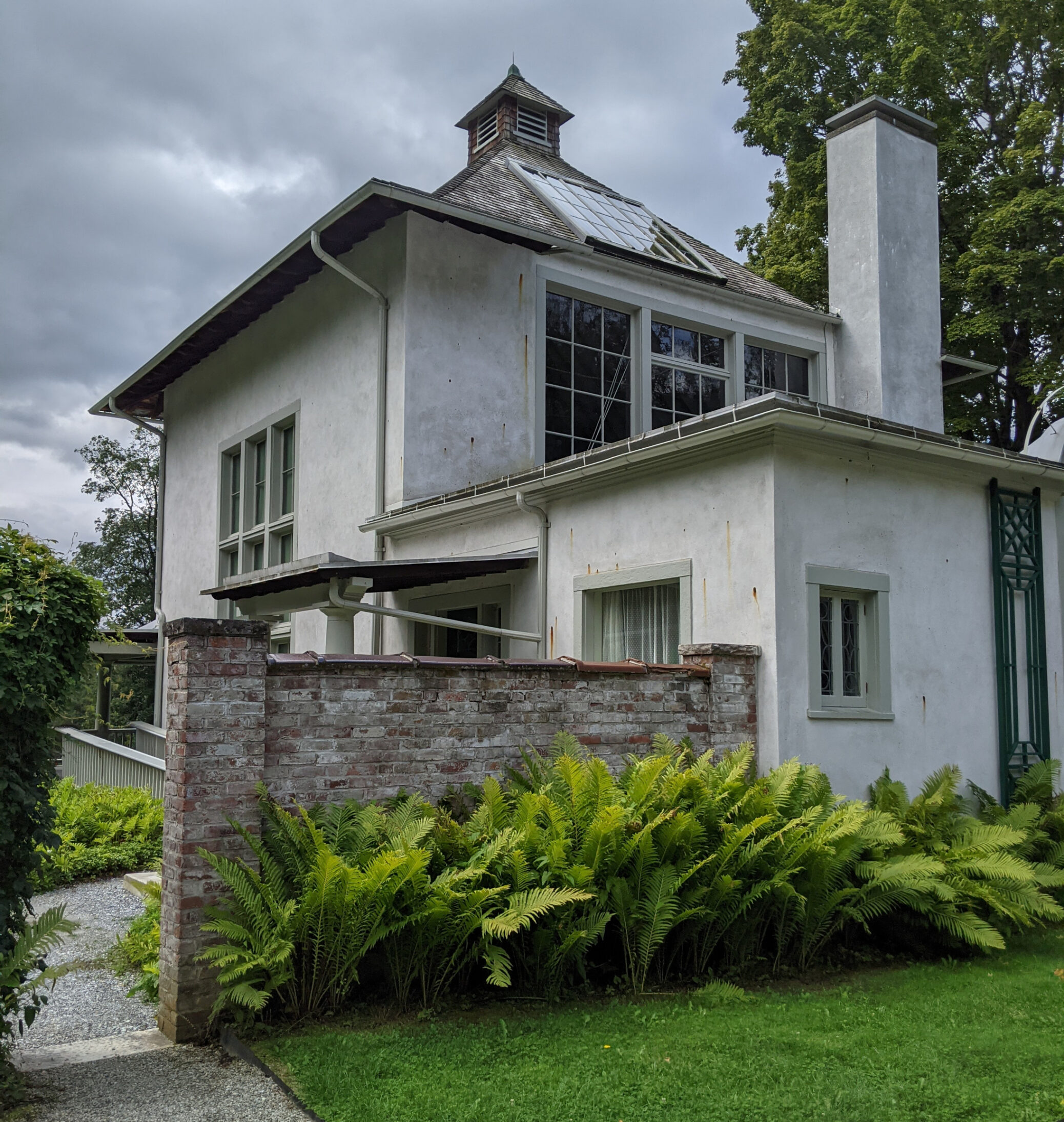
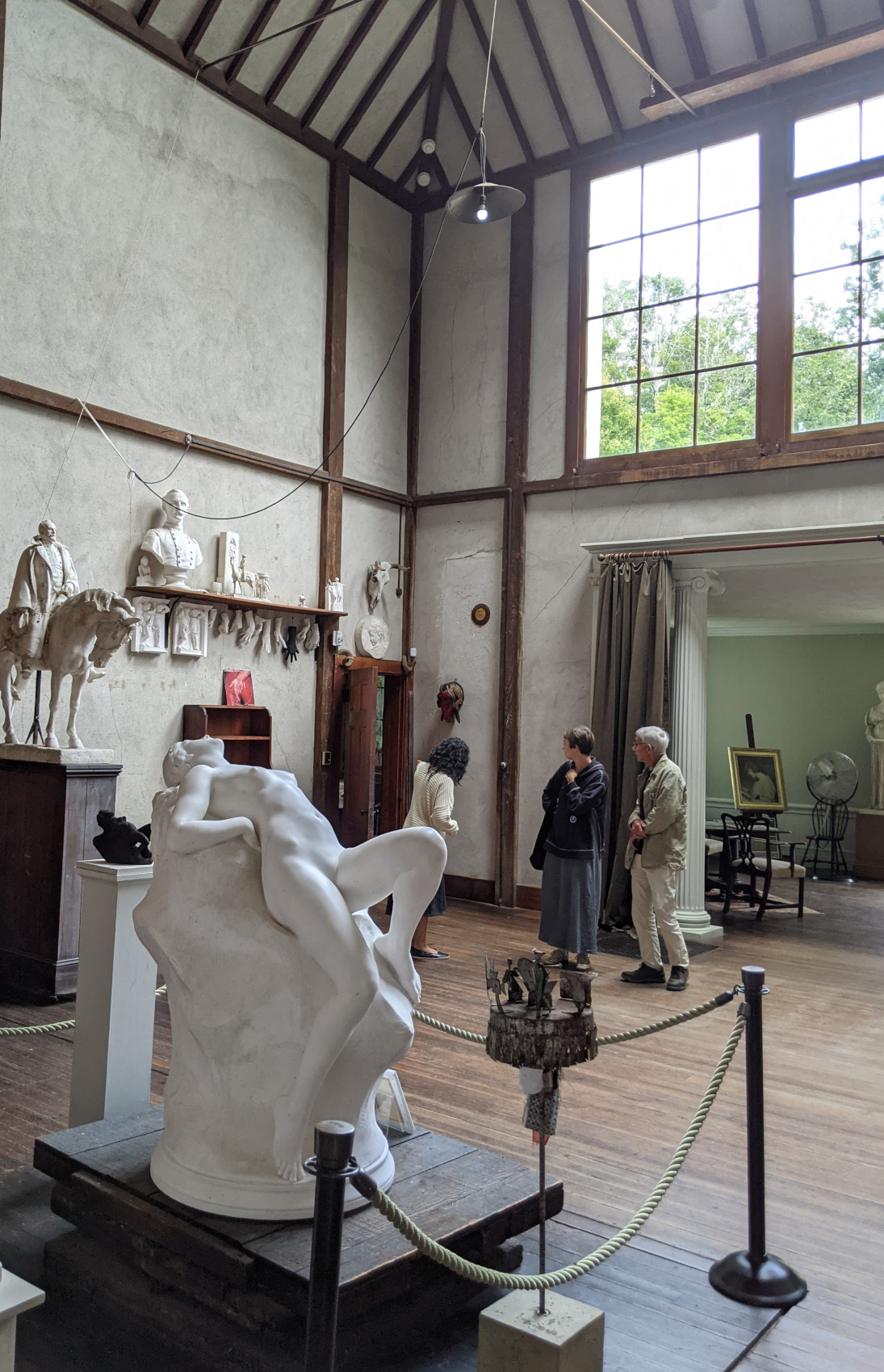
STOCKBRIDGE MA – Thousands gathered Saturday (Aug. 26, 2023) near the Lincoln Memorial in Washington DC to mark the 60th anniversary of the March On Washington for civil rights. Speakers there invoked the names of leaders who, in 1963, sought racial justice and equality. Among them were the Rev. Dr. Martin Luther King Jr., former Georgia Congressman John Lewis, and former U.S. Ambassador Andrew Young.
Probably no one uttered the name Daniel Chester French.
French died in 1931 at the age of 81, when King was only 2 years old. He played no direct role in the march, which included King’s famous and often-cited “I Have A Dream” speech.
French did, however, craft one of the most important pieces of the setting for the march and Saturday’s 60-year observance. Hailed as “America’s foremost public sculptor” of the 20th century, French is the artist who created the contemplative seated figure statue of President Abraham Lincoln that is the memorial’s centerpiece.
French’s Studio at Chesterwood

Although his primary residence was in New York City, French – who enjoyed the beauty of nature – preferred to work on a former farm in Stockbridge MA at a studio specifically designed for his needs. His wife, Mary Adams French, insisted he buy the property. Legend has it she told her husband, “I don’t know where you’re going to live, but I’m going to live in Stockbridge.” He didn’t argue.
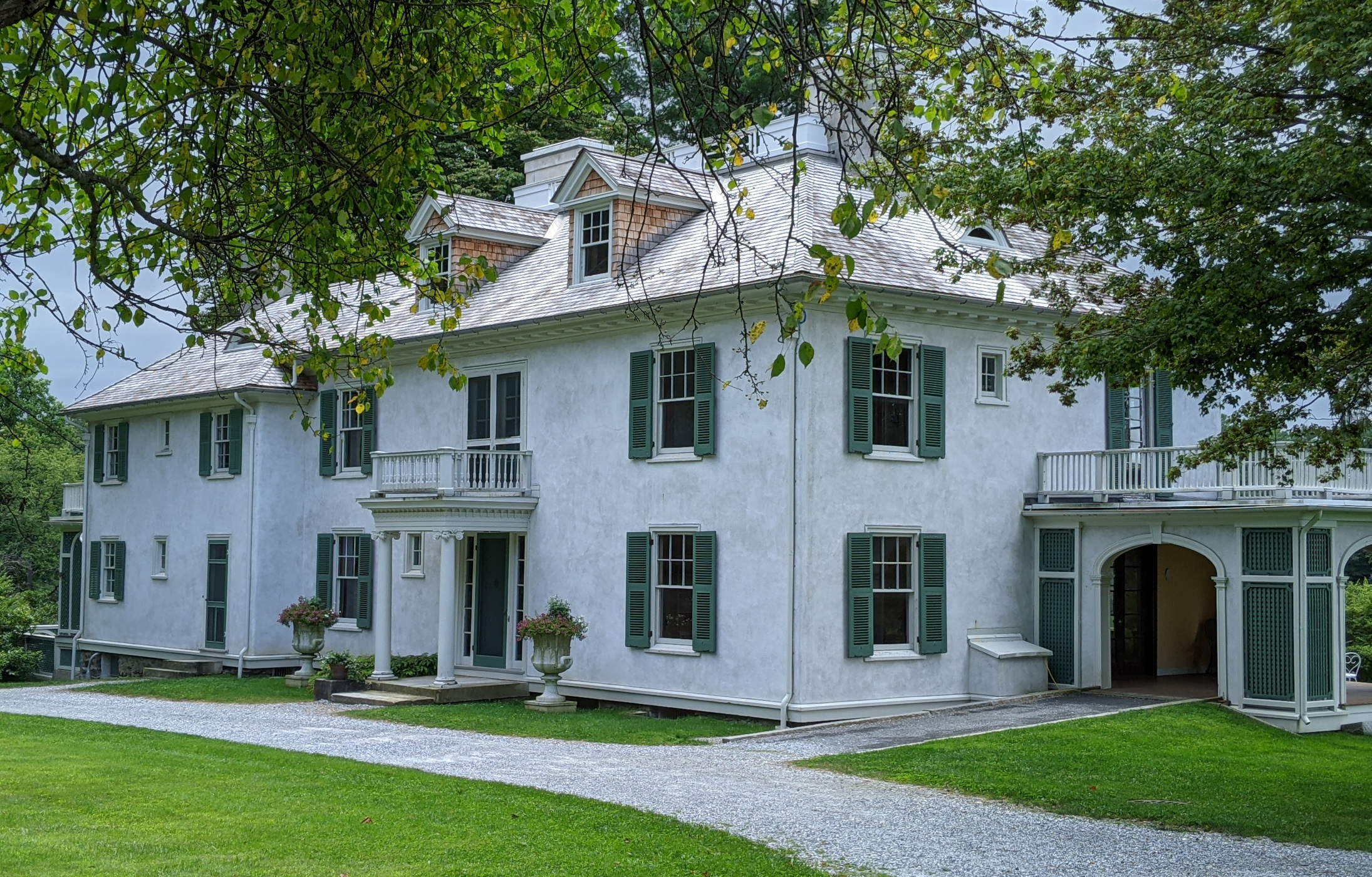
Known as Chesterwood, the 122-acre parcel includes the couple’s summer residence (above), which is currently being refurbished. It also houses an admissions center, museum, gallery, store, and other utility buildings.
Chesterwood’s focus, however, continues to be its high, wide-open sculpture studio, to which French could stroll across the grounds from the house. He was said to work there up to 12 hours a day. When he needed a break, he walked through the property’s forest or its several flower gardens.
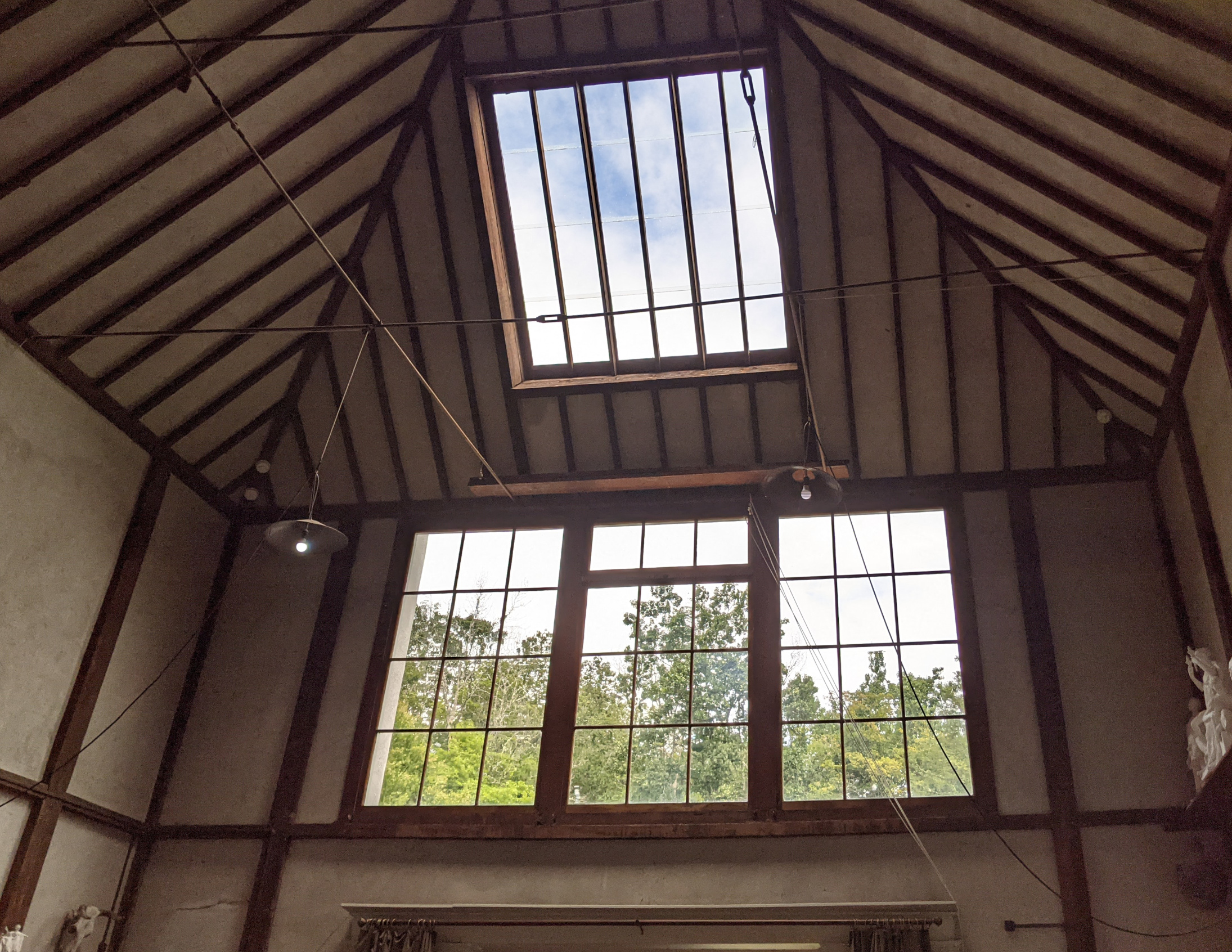
The studio, with walls that rise 26 feet high and a roof that contains massive skylights, surprises and dwarfs its visitors. Natural light floods the space, and with the help of its architect and personal friend Henry Bacon, French also ensured the studio contained advantages few other artists could afford.
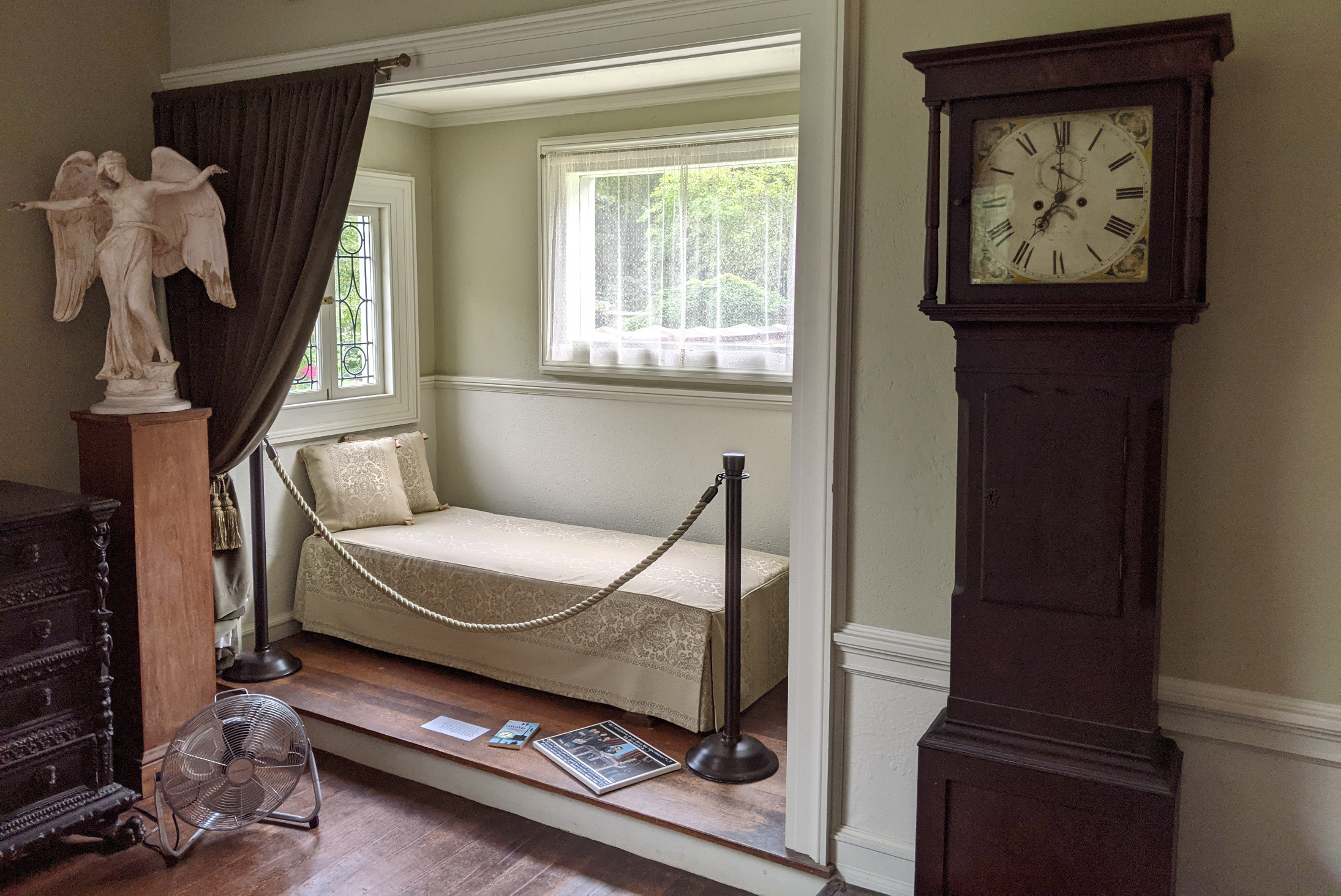

It features a reception area where French could entertain guests and patrons with afternoon tea. There’s a small sleeping couch (above) that could be hidden by a heavy curtain. More important to French, however, was his workspace.
Beneath its floor was a small flatcar on a railroad track. By simply removing floorboards and opening a set of floor-to-ceiling doors (at left), the sculptor could push a statue-in-progress out on the track (below) and into the open air adjacent to the studio’s broad porch. It allowed him to see his work under a variety of conditions, and at a distance from which the public would view it.
In a nearby casting room, his clay models were cast into plaster for later additional development, or into bronze for shipment to other artists who would scale and transform the work into other mediums. The Lincoln Memorial, for example, was assembled from 28 pieces of Georgia marble carved by the Piccirilli Brothers at their studio in the Bronx, using French’s model and under his supervision.
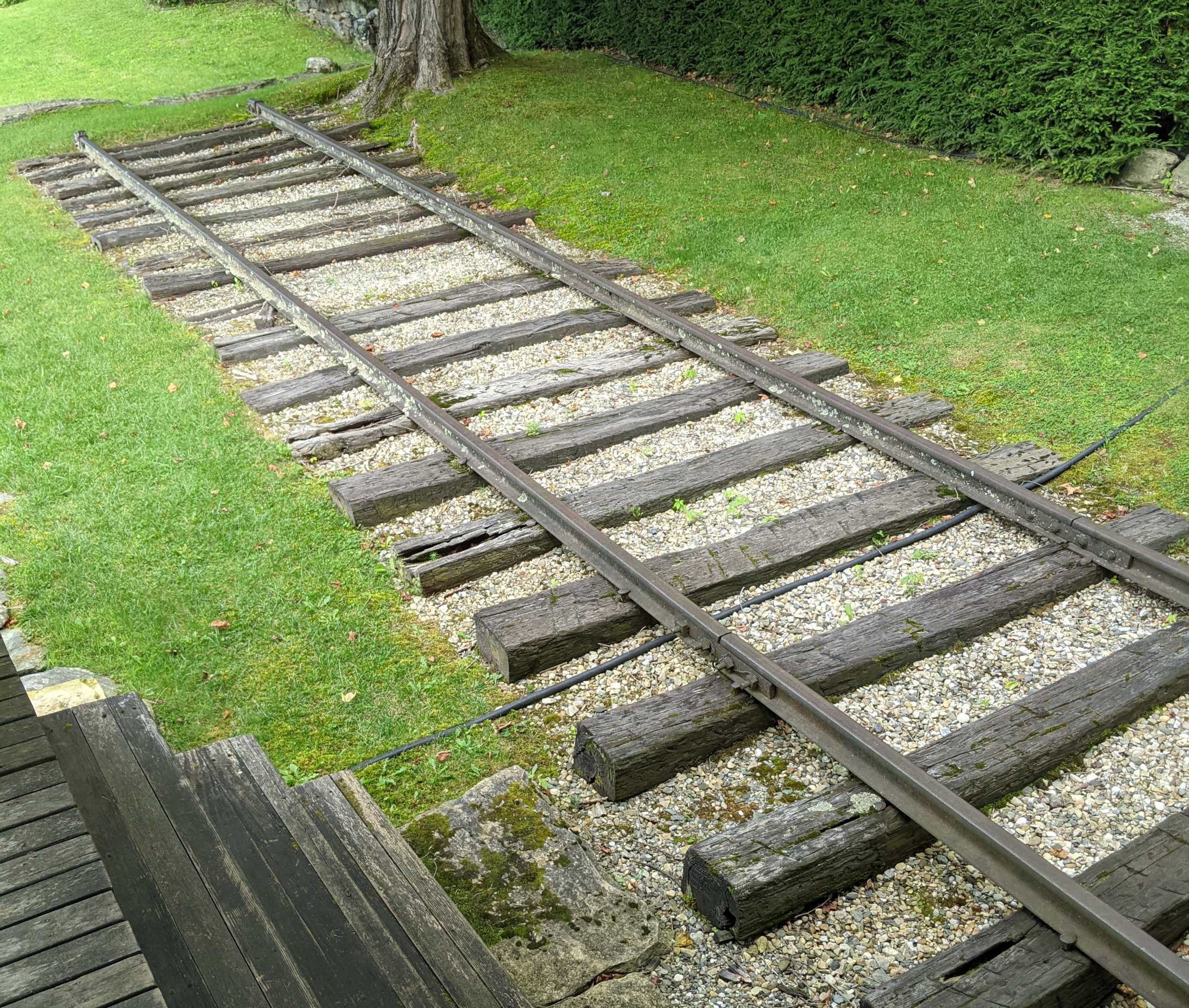
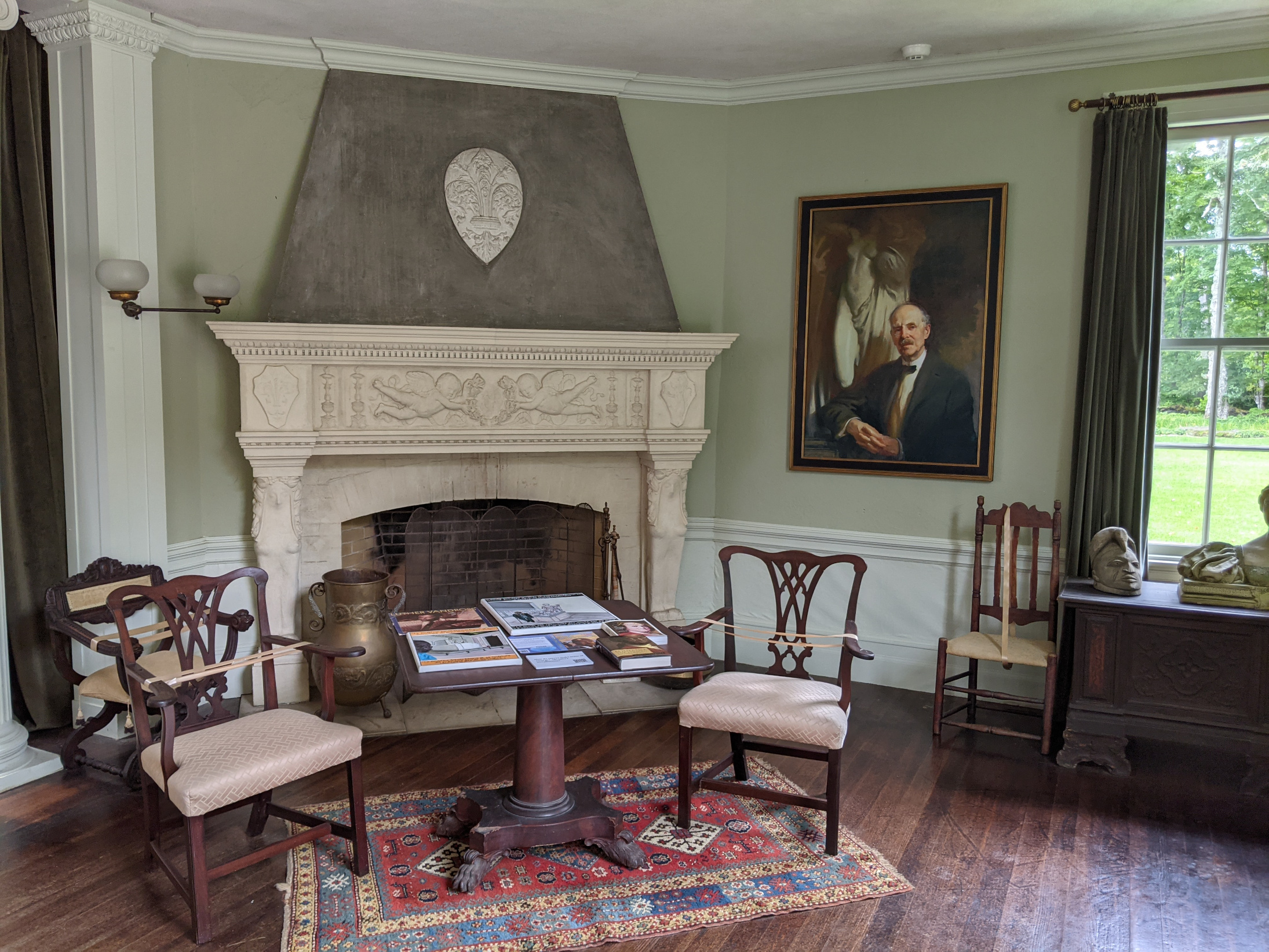
The casting room is said to be as efficient as the studio. Trap doors in its floor allowed discarded clay and plaster pieces to be lowered into a basement for disposal.
Keen attention to detail
That kind of attention to detail was reflected in French’s works as well. Critics often cite their lifelike and vibrant quality, hand placements, and even the direction of their eyes as evoking emotion and awe among viewers.
The Lincoln statue is his most publicly recognized piece, but French also received critics’ praise for more than 100 commemorative memorials and monuments. They include his first work, The Minute Man statue in Concord MA, as well as The Spirit of Life in Saratoga Springs NY, and The Four Continents sculptures in Manhattan. Others can be found across the country and in Europe.
The studio today is filled with figures, from small – only about a foot high – to near full size of the Lincoln piece and others. They demonstrate how French experimented with his clay models for maximum effect and visual impact.
It’s the kind of impact that continues to make the Lincoln Memorial one of the most visited spots on the National Mall.
Things to Know If You Go
Chesterwood is located at 4 Williamsville Rd., Stockbridge MA. Getting there from Pottstown involves a 4-1/4-hour drive covering 258 miles. Travels With The Post last visited there in mid-August 2023, during a trip that also included other destinations. It can be reached by car using PA Route 100, Interstates 476, 78, and 90, and MA Route 102.
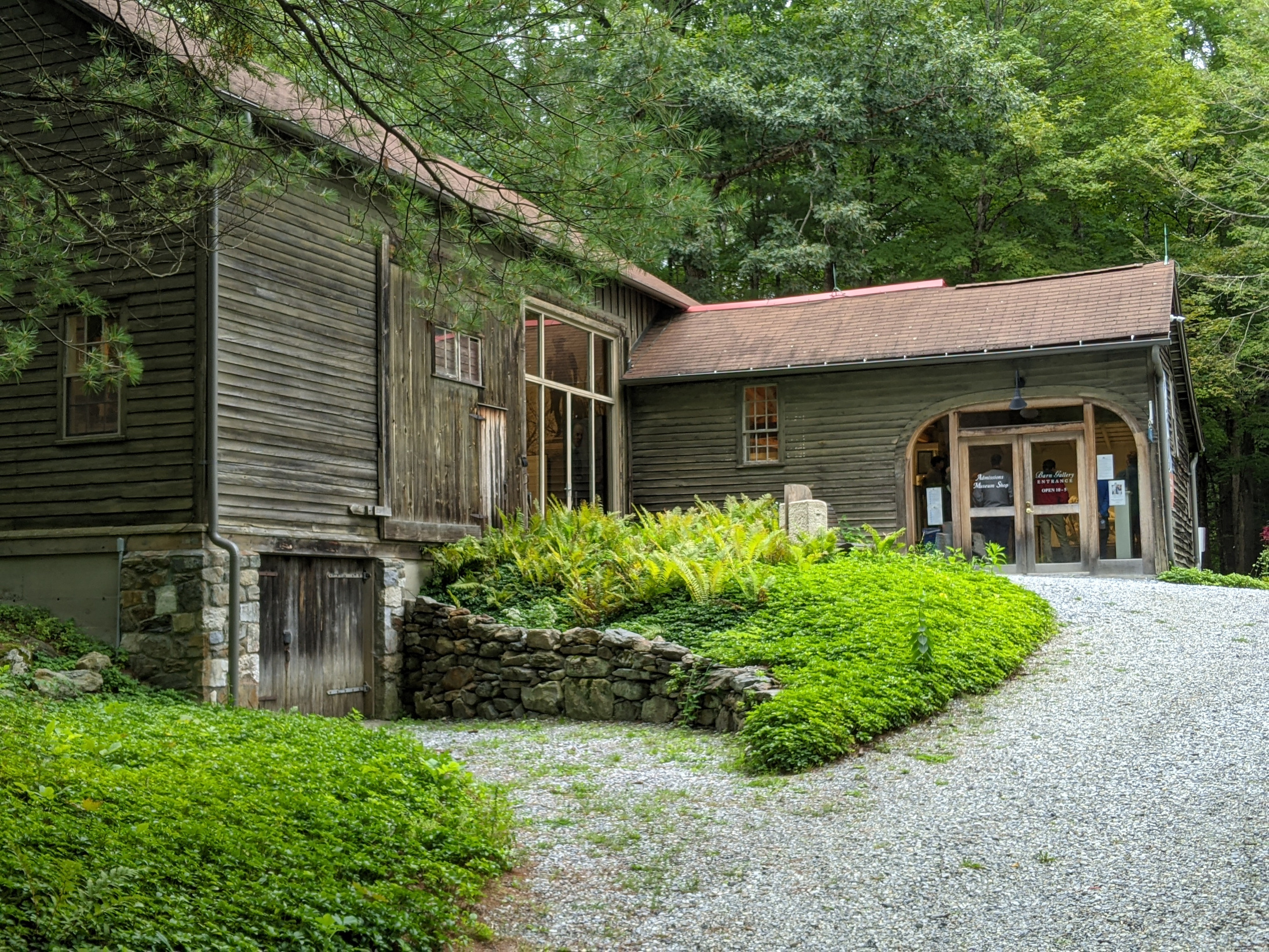
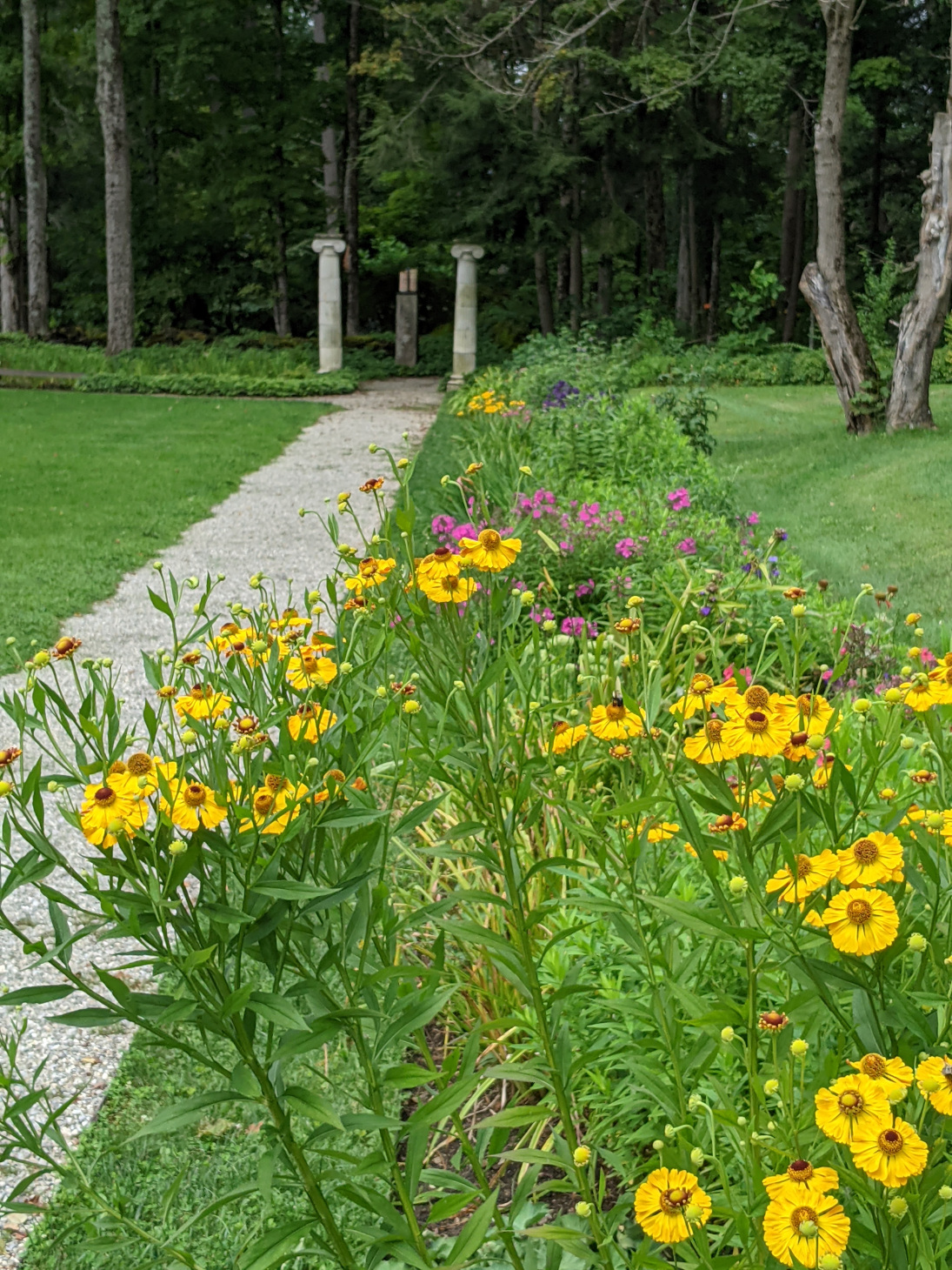
Chesterwood is open daily (except Tuesdays) from 10 a.m. to 5 p.m., but only though Oct. 23. That’s when it closes for the winter, and is scheduled to re-open in May 2024. Docent-led guided tours are offered daily at 11 a.m., noon, and 1 and 2 p.m. They are included in the price of admission. Self-guided tours also are permitted, and maps are provided for the purpose.
For those who want to walk its wooded and garden trails (a worthwhile exercise), insect repellent is recommended.
General public admission costs $20 per person, although discounted prices are available for seniors. students, children, members of the military, and members of the National Trust for Historic Preservation. Parking is free and available on site.
Chesterwood regularly holds special exhibits of other artists’ sculptures on its grounds, and of works in other media in its galleries. It also hosts special “Arts Alive!” events near the water fountain just beyond the studio’s front doors.
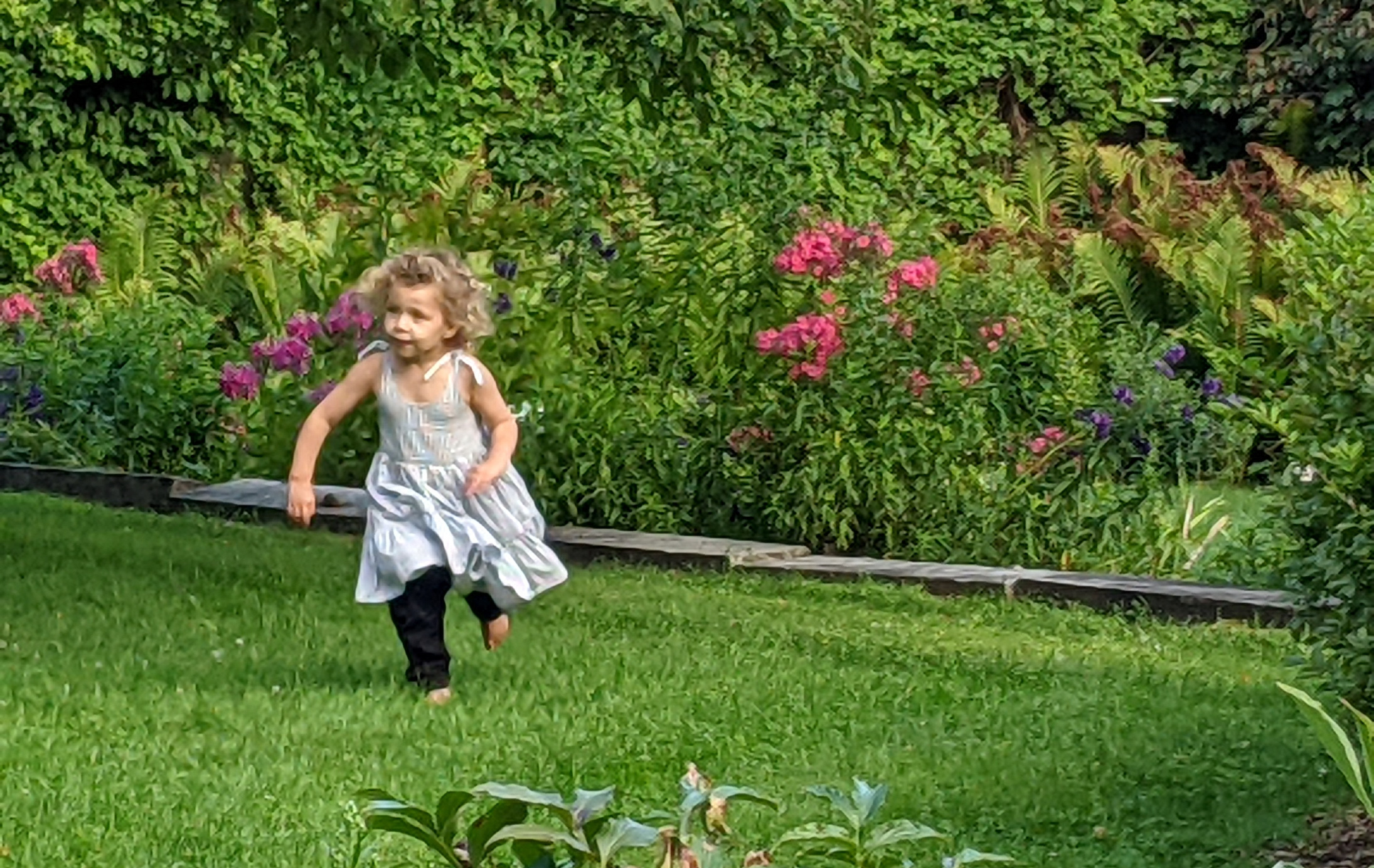
All photos by Travels With The Post
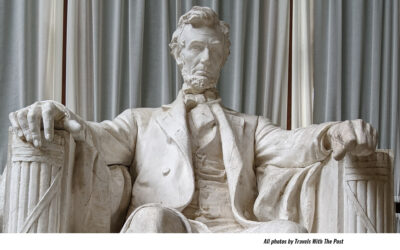
 Spanish Language Food Safety Classes Set in Collegeville
Spanish Language Food Safety Classes Set in Collegeville